Early warning systems for disaster resilience
 Early warning systems for disaster resilience" />
Early warning systems for disaster resilience" />
Table of contents
Mitigating disaster risks: a pressing priority
From 2000 to 2019, a total of 7,348 major climate disasters were recorded. They caused 1.23 million casualties and affected 4.2 billion people, resulting in global economic losses of approximately $2.970 trillion. This is a huge increase compared with disasters recorded in the 20 previous years. Some 91% of these disasters were due to floods, storms, droughts, heatwaves and other extreme climate events.
4.5 billion
More than half the global population – around 4.5 billion people – are at high risk of experiencing an extreme weather event, such as a flood, drought, cyclone, or heatwave.
With this in mind, global organizations sounded the alarm and the telecom industry is stepping up to drive change. The United Nations committed to “substantially increase the availability of and access to multi-hazard early warning systems and disaster risk information and assessments to people by 2030”.
-
Early Warning Systems: A fundamental human right
Authorities have the obligation to take steps to preserve life in case of an imminent risk. When disaster strikes, alerts and early warning systems can save lives by giving people just a little bit of extra time to act or evacuate. An early warning system is an adaptive strategy for climate change, utilizing integrated communication networks to aid communities in preparing for climate-related hazards. An effective Early Warning System (EWS) not only saves lives and jobs but also protects land and infrastructure, thereby supporting long-term sustainability.
8x
Countries with limited warning systems face eight times higher disaster mortality than those with comprehensive coverage.
-
What's a multi-hazard early warning system (MEWS)?
Multi-hazard early warning systems are designed to manage various types of hazards and their impacts, whether they occur individually, simultaneously, in a chain reaction, or cumulatively over time, considering their potential interrelated effects.
To be effective, multi-hazard early warning systems must involve diverse stakeholders and actively engage at-risk communities. This comprehensive approach ensures the inclusion of appropriate technology, regulatory and legal frameworks, and adequate operational capacities:
- Local and national authorities: Addressing all relevant hazards.
- Transportation: Managing road ice, street flooding, travel delays, etc.
- Agriculture productivity and food security: Responding to frost, hail, flooding, etc.
- Energy supply and demand protection: Preparing for heat and cold waves, severe storms, etc.
- Health: Managing epidemics amplified by excessive rainfall, cold spells, heatwaves, etc.
- Water resource management: Handling excessive rainfall, drought, etc.
- International organizations: Providing global awareness, implementation guidelines, and operational/financial support.
- Telecommunication infrastructures: Guaranteeing worldwide connectivity resilient emergency communications.
- Technology vendors: Developing forecasting, alerting, and monitoring technologies.
- Private sector: Ensuring duty of care and business continuity.
50%
50% of all disasters recorded over a 50-year period were related to weather, climate, and water hazards.
Early Warnings for All: a United Nations' initiative
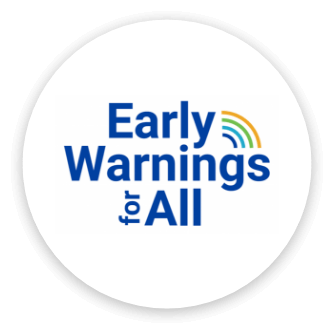 One-third of the world's people, mainly in the least developed countries and small island developing states, are still not covered by early warning systems. In March 2022, UN Secretary-General António Guterres announced Early Warnings for All (EW4A) Initiative, that the United Nations will spearhead new action to ensure every person on earth is protected by an early warning system by 2027.
One-third of the world's people, mainly in the least developed countries and small island developing states, are still not covered by early warning systems. In March 2022, UN Secretary-General António Guterres announced Early Warnings for All (EW4A) Initiative, that the United Nations will spearhead new action to ensure every person on earth is protected by an early warning system by 2027.
In November 2022, the UN Secretary-General launched at COP27 an Executive Action Plan to implement the initiative and designated as the co-leads the World Meteorological Organization (WMO) and the United Nations Office for Disaster Risk Reduction (UNDRR).
77%
77% of people who experienced a disaster but received no warning own a mobile phone.
-
Aligned with UN Sustainable Development Goals
By integrating climate change adaptation, the EW4All initiative supports the achievement of several SDG targets related to disaster resilience, including: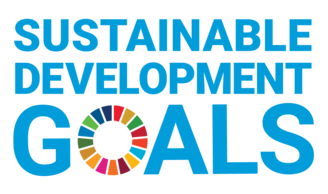
-
- SDG 1.5: "By 2030, build the resilience of the poor and those in vulnerable situations and reduce their exposure and vulnerability to climate-related extreme events and other economic, social and environmental shocks and disasters”
- SDG 3.d: "Strengthen the capacity of all countries, in particular developing countries, for early warning, risk reduction and management of national and global health risks"
- SDG 11.b: "By 2020, substantially increase the number of cities and human settlements adopting and implementing integrated policies and plans towards inclusion, resource efficiency, mitigation and adaptation to climate change, resilience to disasters, and develop and implement holistic disaster risk management at all levels".
- SDG 13.1: "Strengthen resilience and adaptive capacity to climate-related hazards and natural disasters in all countries“
- Goal 17. Partnerships for the Goals: The "Early Warnings for All" initiative is a groundbreaking effort to ensure everyone on Earth by the end of 2027.
-
The four pillars of the Early Warnings for All
The initiative is built on four pillars to deliver effective and inclusive multi-hazard early warning systems (MHEWS):
-
- Pillar 1: Disaster risk knowledge, is led by UNDRR.
- Pillar 2: Detection, observations, monitoring, analysis and forecasting of hazards, is led by WMO.
- Pillar 3: Warning dissemination and communication, is led by the International Telecommunication Union (ITU).
- Pillar 4: Preparedness to respond, is led by the International Federation of Red Cross and Red Crescent Societies (IFRC).
This infographic highlights the critical need to view early warning and public alerting systems as a unified framework. It visually demonstrates how these systems, typically seen as separate entities, should be integrated to effectively anticipate and manage crises.
By uniting various public and private stakeholders dedicated to community safety, it creates a robust network capable of rapidly and efficiently responding to diverse threats.
-
Real-time disaster risk knowledge & monitoring
The impact depends on location: the proximity of people and infrastructure, the vulnerability of that infrastructure, and the capability of the event to trigger further hazards, like a tsunami, landsliding, liquefaction, or widespread ash clouds. Real-time situational awareness is crucial for effective crisis management, as it provides decision-makers with a comprehensive 360° view of the unfolding emergency situation.
The ability to visualize live population heatmaps, integrate various data layers, and monitor threats around stakeholders and facilities enables more adaptive and dynamic decision-making throughout the management of critical events, ultimately helping to mitigate damage, protect lives, and restore normal operations as quickly as possible.
5x
Almost 5x fewer people affected by disasters where countries have strong multi-hazard early warning coverage
Earthquake Early Warning (EEW) systems have emerged as a critical tool for enhancing public safety in seismically active regions. These systems utilize advanced seismic monitoring technology to detect the initial waves of an earthquake, providing valuable seconds to minutes of warning before the more destructive shaking arrives. This early alert can trigger automated responses to protect critical infrastructure and allow individuals to take immediate protective actions, such as dropping, covering, and holding on. The effectiveness of EEW systems relies not only on the technology itself but also on robust public warning systems that can rapidly disseminate alerts to a wide population. By leveraging cutting-edge communication technologies, including mobile apps, wireless emergency alerts, and integrated smart city infrastructure, public safety organizations can ensure that potentially life-saving warnings reach citizens swiftly and reliably.
-
Multichannel warning dissemination
According to ITU's Facts and Figures 2023, 95%of the world's population has access to mobile broadband networks. Close to four in five people (78%) own a mobile phone. Even in the world’s Least Developed Countries, mobile phone ownership is at about 60%. This makes mobile networks an incredibly powerful communication channel to alert populations about imminent hazards. It also highlights the need to ensure that governments take advantage of mobile early warning systems to reach communities at risk.
30%
The damage caused by a disaster can be reduced by 30% if an early warning is issued within 24 hours.
ITU promotes a multi-channel approach, which combines all existing channels (cell broadcast, location-based SMS messages, mobile apps, satellites, social media, TV, radio, websites, sirens...), recognizes at-risk communities' diversity, and helps address inequalities and protect vulnerable populations.
In November 2023, Intersec joined ITU to foster emergency telecommunications (link to Press Release). Intersec is a strong proponent of combining Cell Broadcast and Location-Based SMS to stay ahead of the crisis management curve, with a series of successful public warning systems deployments in France, Croatia, Germany...
|
Spotlight: Common Alerting Protocol The Common Alerting Protocol (CAP) is a standardized format for emergency alerts and public warnings. It allows authorities to send consistent warning messages across multiple communication channels simultaneously, such as mobile phones, social media, radio, and television. CAP's simplicity and versatility make it a key tool in early warning systems, helping to quickly inform people about potential dangers. As of 2021, most of the world's population lives in countries implementing CAP, with a global initiative aiming for universal adoption by 2025. This widespread use of CAP is improving the effectiveness and reach of emergency alerts worldwide, potentially saving lives during disasters and emergencies. → More info in this article: CAP protocol: an essential framework for all emergency alert issuers |
-
Disaster response capabilities
Effective disaster preparedness and response is essential for minimizing the impacts of natural hazards.
-
-
Central to this effort is the strategic guidance for policymakers and development organizations, which lays the foundation for comprehensive early warning systems through policy frameworks.
-
The development and implementation of well-practiced and tested disaster management plans are also critical. These allow crisis managers to effectively inform operational assets, be aware of available evacuation routes, etc. Fostering collaboration and knowledge-sharing among diverse stakeholders promotes the exchange of ideas and best practices.
-
Embracing digital innovations is paramount not only to alert communities to impending dangers but also to provide them with the tools and knowledge to respond effectively. By integrating technological advancements, such as AI-powered predictive models, IoT sensors, and satellite imaging, we can enhance our ability to anticipate, prepare for, and mitigate the impacts of various hazards.
-
Community education and engagement are also crucial for ensuring widespread preparedness and resilience.
-
This collaborative, technology-driven approach paves the way for a safer, more resilient future in which communities worldwide are better equipped to face and overcome environmental challenges and natural disasters.
-
US $3-16 billion
Globally, we could avoid losses of US $3-16 billion per year through early warning systems.
-
Global status of early warning system
The WMO dashboard will be continuously enhanced with more data and new metrics.

Each of the four MHEWS elements contributes differently to the overall progress of MHEWS globally. "Overall, the data reveal improvement in the reporting and comprehensiveness of MHEWS in every country group and across each region. While a dramatic improvement is witnessed in the Asia and Pacific region and in Africa, significant gaps remain." Source: ESCAP report
Protecting the most vulnerable
Without early warning systems or services, the poorest and most vulnerable people are left especially exposed by the climate crisis.
The Climate Risk and Early Warning Systems (CREWS) initiative is a financial mechanism which funds projects in the Least Developed Countries (LDCs) and Small Island Developing States (SIDS) to establish risk-informed early warning services.
CREWS works directly with countries to increase the availability of, and access to, early warning systems. Country and regional projects are implemented by the countries with the support of three Implementing Partners: the United Nations Office for Disaster Risk Reduction (UNDRR), the World Bank Global Facility for Disaster Reduction and Recovery (GFDRR) and the World Meteorological Organization (WMO).
-
Asia-Pacific: the most disaster-prone region in the world
The Asia-Pacific region's diverse geography includes fault lines, vast coastlines, and numerous volcanoes, making it one of the most disaster-prone areas in the world. For instance, the Pacific Ring of Fire is notorious for its high seismic activity, leading to frequent earthquakes and volcanic eruptions. Additionally, the region's extensive coastlines and tropical climate make it susceptible to powerful typhoons and tsunamis.
-
-
Nearly 45% of the world's natural disasters occur in the region, and more than 75% of those affected by natural disasters globally live in the region.
-
2 million people have lost their lives to disasters since 1970 in the region.
-
In 2022 alone, over 140 disasters struck the APAC region, leading to over 7,500 deaths, impacting 64 million people, and causing economic damage estimated at $57 billion.
-
13 minutes
1 person killed by a natural hazard every 13 minutes in Asia
The Asia-Pacific region has a narrow window to increase its resilience and protect its hard-won development gains from the socioeconomic impacts of climate change. In the absence of immediate action, temperature rises of 1.5°C and 2°C will cause disaster risk to outpace resilience beyond the limits of feasible adaptation and imperil sustainable development. Furthermore, climate disaster-related losses are already enormous, but the future cost of inaction today is greater still, with average annual losses increasing from $924 billion to almost $1 trillion, or from 2.9 to 3 percent of the regional GDP. Source: ESCAP report
Despite the critical importance of Early Warning Systems, their coverage remains uneven across the Asia-Pacific region. According to the United Nations Office for Disaster Risk Reduction (UNDRR), only 67 percent of countries have reported implementing Multi-hazard Early Warning Systems (MHEWS) in the APAC region.
Significant disparities persist: despite the Asia-Pacific region showing higher levels of reporting in comparison to the global average, there are specific regions, such as southeast and southwest Asia, and vulnerable country classifications (LDCs, SIDS, LLDCs), where risk analysis at national and subnational levels needs substantial improvement (UN ESCAP, 2023a). Some countries, like Japan and Australia, have established robust early warning systems that serve as global benchmarks. However, a lack of resources and infrastructure hinders many nations from implementing effective EWS, leaving millions of people exposed to heightened disaster risks. On average, risk knowledge remains low, with many countries struggling to effectively develop and manage risk information and assessments. (Source: UNDRR Early Warning Systems Coverage).
Read more: Leading the Charge in Public Safety: Intersec’s Impact in the APAC Region
Africa: a disproportionate impact on communities
Africa has been substantially impacted by natural disasters, which are set to increase in severity and frequency. And the true toll is likely to be much higher because of under-reporting.
-
-
More than 110 million people on the continent were directly affected by weather, climate and water-related hazards in 2022, causing more than US$ 8.5 billion in economic damages.
-
There were a reported 5 000 fatalities, of which 48% were associated with drought and 43% were associated with flooding.
-
African food systems are particularly vulnerable to climate extremes and shifts in weather patterns, as food production is largely dependent on rainfed agriculture and pastoralism. But its agricultural productivity growth has declined by 34% since 1961 due to climate change. This decline is the highest compared to what other regions of the world have experienced.
“Africa is responsible for less than 10 percent of global greenhouse gas emissions. But it is the continent which is the least able to cope with the negative impacts of climate change. Heatwaves, heavy rains, floods, tropical cyclones, and prolonged droughts are having devastating impacts on communities and economies, with increasing numbers of people at risk,” said WMO Secretary-General Prof. Petteri Taalas.
60%
60% of people in Africa unprotected by early warning systems
Monitor. Locate. Alert. Respond. With Intersec.
It takes more than a text to keep people safe. Integrated early warning systems are designed to predict and provide timely information about potential hazards to minimize the risk of disasters and comprise crisis management elements. Intersec’s approach to EWS begins with integrating diverse datasets, spanning open-source and closed-source information, and to maximize the reach and effectiveness of the early warning services, we offer a resolutely multi-channel and specialized software suite for early warning, emergency alerts, and crisis management requirements:
 GeoSafe RK (Risk Knowledge): GeoSafe RK is our map-centric Risk Knowledge solution. It provides comprehensive situational awareness by monitoring global exposure to hazards and incidents. It consolidates diverse data sources into a single intuitive and user-friendly interface. Leveraging a pre-built, extensive data catalog, it seamlessly displays any data relevant to the user, from CAP-enabled alerts to specialized maps or IoT sensors. Based on their needs and contexts, crisis managers can promptly trigger automated alerts as soon as an incident is detected.
GeoSafe RK (Risk Knowledge): GeoSafe RK is our map-centric Risk Knowledge solution. It provides comprehensive situational awareness by monitoring global exposure to hazards and incidents. It consolidates diverse data sources into a single intuitive and user-friendly interface. Leveraging a pre-built, extensive data catalog, it seamlessly displays any data relevant to the user, from CAP-enabled alerts to specialized maps or IoT sensors. Based on their needs and contexts, crisis managers can promptly trigger automated alerts as soon as an incident is detected.
 GeoSafe PWS (Public Warning Systems): GeoSafe PWS, our people-centered PWS, helps minimize the harm to people, assets, and livelihoods by triggering high-speed, highly contextualized, and geo-targeted alerts across all communication channels. This multichannel approach empowers crisis managers to adapt their messaging using live location data and advanced analytics. Our modular and scalable architecture is tailored for governments and mobile carriers.
GeoSafe PWS (Public Warning Systems): GeoSafe PWS, our people-centered PWS, helps minimize the harm to people, assets, and livelihoods by triggering high-speed, highly contextualized, and geo-targeted alerts across all communication channels. This multichannel approach empowers crisis managers to adapt their messaging using live location data and advanced analytics. Our modular and scalable architecture is tailored for governments and mobile carriers.
 GeoSafe CC (Command Center): GeoSafe CC, our Command Center, simplifies taskforce management and ensures clear communication with all stakeholders. It features dynamic location targeting for efficient asset management, advanced contact management for mobilizing your team, and real-time visualizations of assets in danger zones. This enables precise coordination during crises, ensuring timely and effective responses by providing a centralized platform for managing resources, communicating with personnel, and monitoring unfolding situations.
GeoSafe CC (Command Center): GeoSafe CC, our Command Center, simplifies taskforce management and ensures clear communication with all stakeholders. It features dynamic location targeting for efficient asset management, advanced contact management for mobilizing your team, and real-time visualizations of assets in danger zones. This enables precise coordination during crises, ensuring timely and effective responses by providing a centralized platform for managing resources, communicating with personnel, and monitoring unfolding situations.
Related content on our website:
Press releases:
- Intersec’s Technology at the core of England’s Environment Agency’s New Flood Warning System
- Intersec joins United Nations’ ITU to foster emergency telecommunications
Webpages:
- Civil protection
- Real-time situational awareness
- Emergency mass notifications
- Cell Broadcast Center (CBC)
On-demand webinar: Resilient digital infrastructures for emergency management
Blog posts:
- Leading the Charge in Public Safety: Intersec’s Impact in the APAC Region
- Intersec joins ITU-D: global emergency telecommunications for a resilient future
- Early warning systems take center stage at COP28
- Early warning: widespread awareness
- Climate change: Wildfires
- Climate change: Dramatic Europe Floods
Intersec GMLC
High-quality Android, iOS, or hybrid solutions translated into great results.
”Marie Dupont
CEO
.jpg)
Editorial team
LinkedinThe Intersec editorial team is made up of professionals who share expert insights on AI-powered innovations, mission-critical communication solutions, and 5G location intelligence across civil protection, homeland security, and telecommunications.
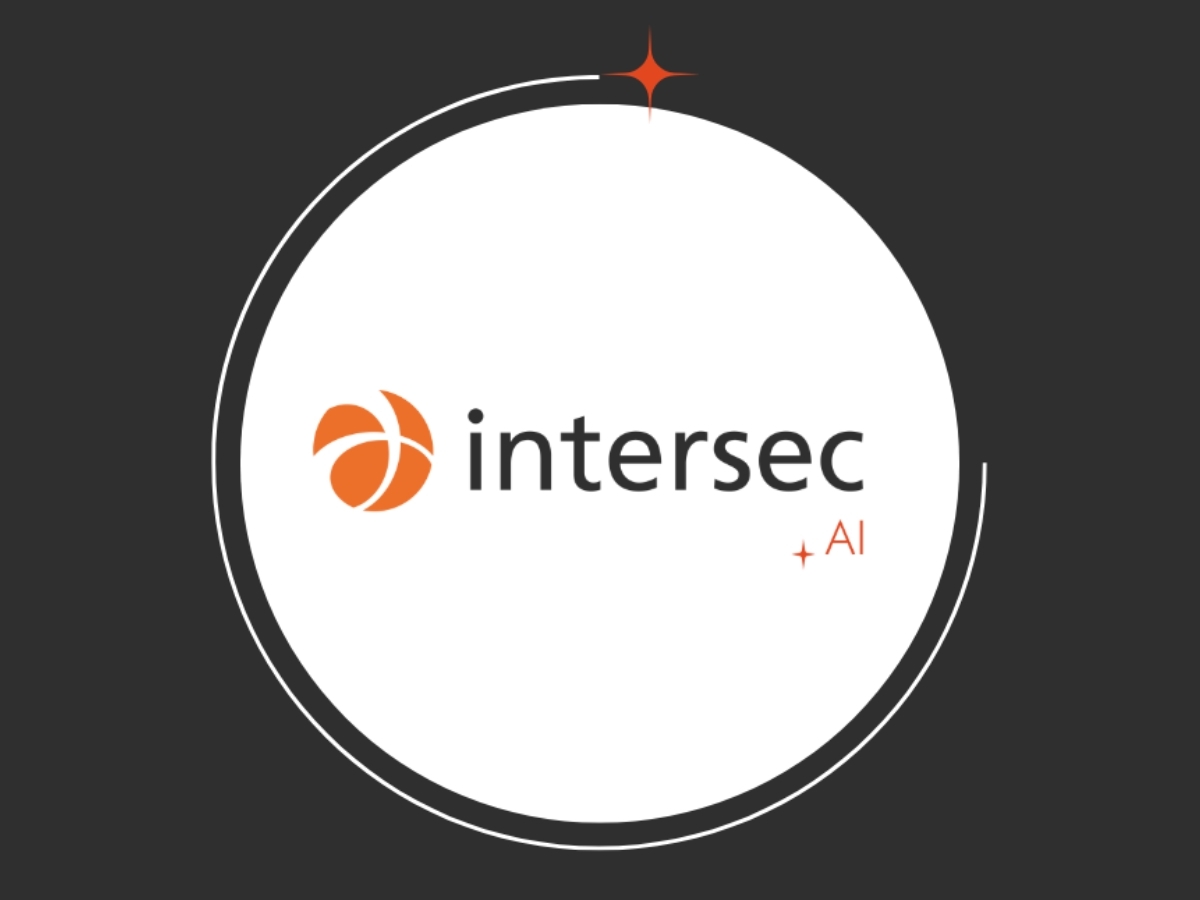
Intersec AI: next-gen metadata intelligence for real-world impact
Designed to augment the power of the Intersec solutions.
Intersec AI is a comprehensive artificial intelligence framework that hosts a suite of advanced AI technologies, all designed to augment and enrich the Intersec product portfolio.
What truly sets Intersec AI apart is its unique capability: it is the only AI platform that transforms telecom metadata into operational intelligence at scale, unlocking new levels of insight and actionability for telecom operators and public authorities.




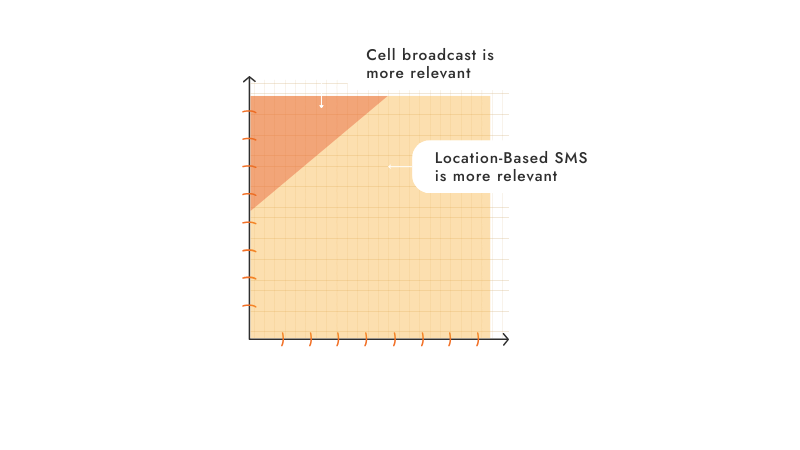


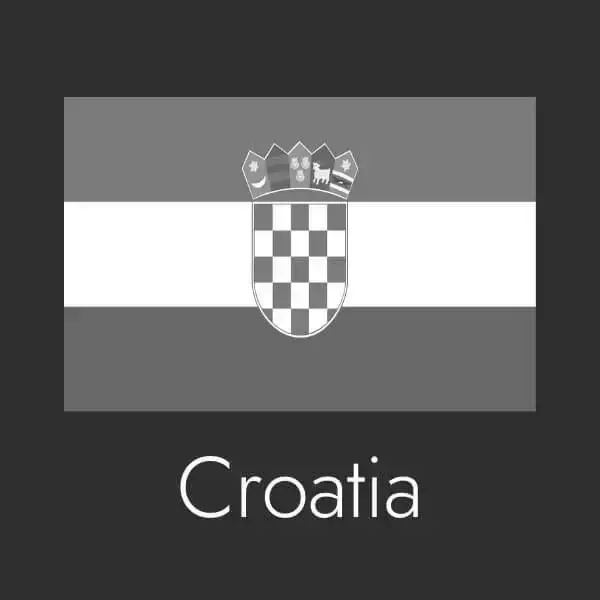




.webp)


.webp)




















